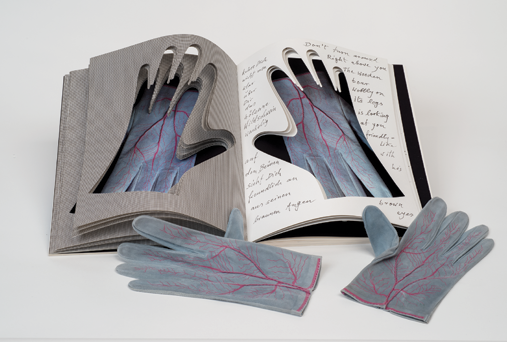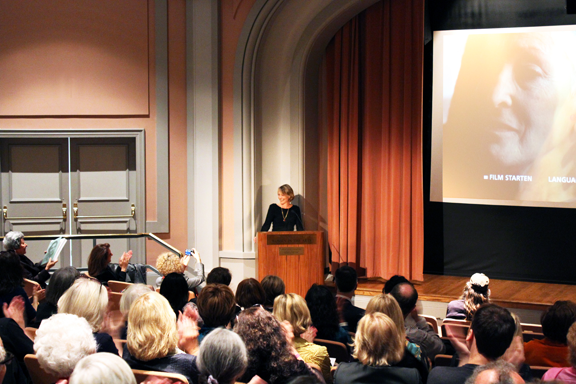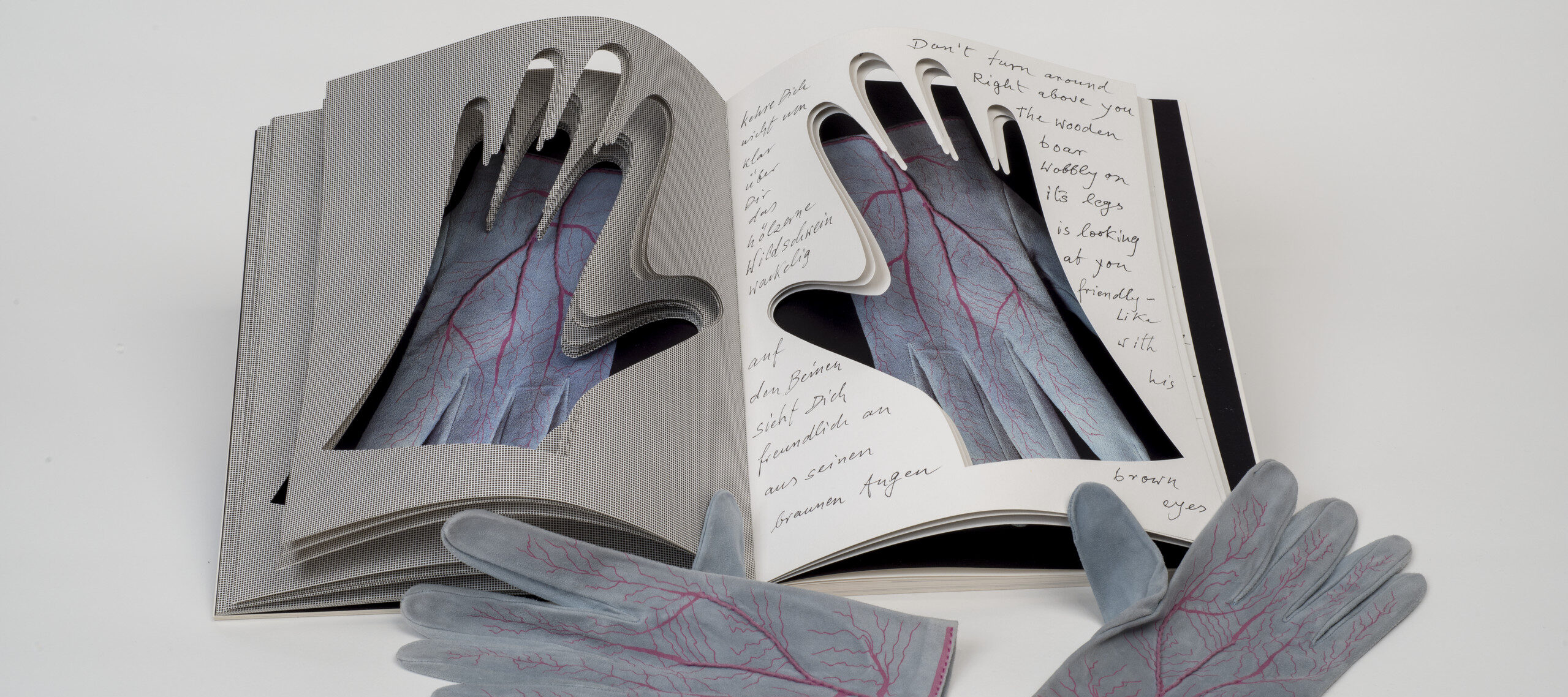Now on view at NMWA, a selection of Meret Oppenheim’s art, correspondence, and archival materials provide insight into this prolific artist. Meret Oppenheim: Tender Friendships documents friendship as a source of inspiration and support.

The German-born, Swiss artist Meret Oppenheim (1913–1985) had a long, varied career that spanned movements from Surrealism (with which she is most closely associated) to postmodernism. Highlights of this spotlight exhibition include the witty Table with Bird’s Feet (1973) and the famous photograph The Couple (1973) of two boots “kissing.” Small sculptures, drawings, prints, and books demonstrate the breadth of her talent and creativity. Letters and archival materials on view, Oppenheim maintained an extensive correspondence with friends, lovers, family, and fellow artists, reveal her thoughts and relationships.

As her niece, Lisa Wenger, described in a talk at the museum on April 24, Oppenheim truly cared about her friends, inquiring about their lives and sharing genuine praise for their artistic accomplishments.
Throughout her productive career, Oppenheim created art that explored themes of sensuality and desire, friendship and love, nature and culture, and reality and imagination. She was inspired by examples of other intellectual companions, such as the German Romantic poets Karoline von Günderode (1780–1806) and Bettine Brentano, later von Arnim (1785–1859). After the tragic early death of von Günderode, Brentano published a book of their correspondence, Die Günderrode, which charted the women’s close friendship as they navigated philosophy, wrote poetry, and discussed their observations on the people and natural world surrounding them. Oppenheim created several artworks, including paintings, drawings, and an artist’s book, in their honor. The artist’s book, Caroline (1985), composed of poetry and prints, was Oppenheim’s last completed work before her death, and it was the first artist’s book purchased for NMWA. Today, the museum’s collection of artists’ books has grown to more than 1,000 works.
Book arts are particularly relevant, because this exhibition presents many works and archival materials recently donated to NMWA by Thomas Hill, art librarian at Vassar College, from the collection of the late Rosemary Furtak, beloved longtime art librarian at the Walker Art Center. The theme of friendship—those that inspired Oppenheim and those inspired by her—resonates throughout the exhibition.

